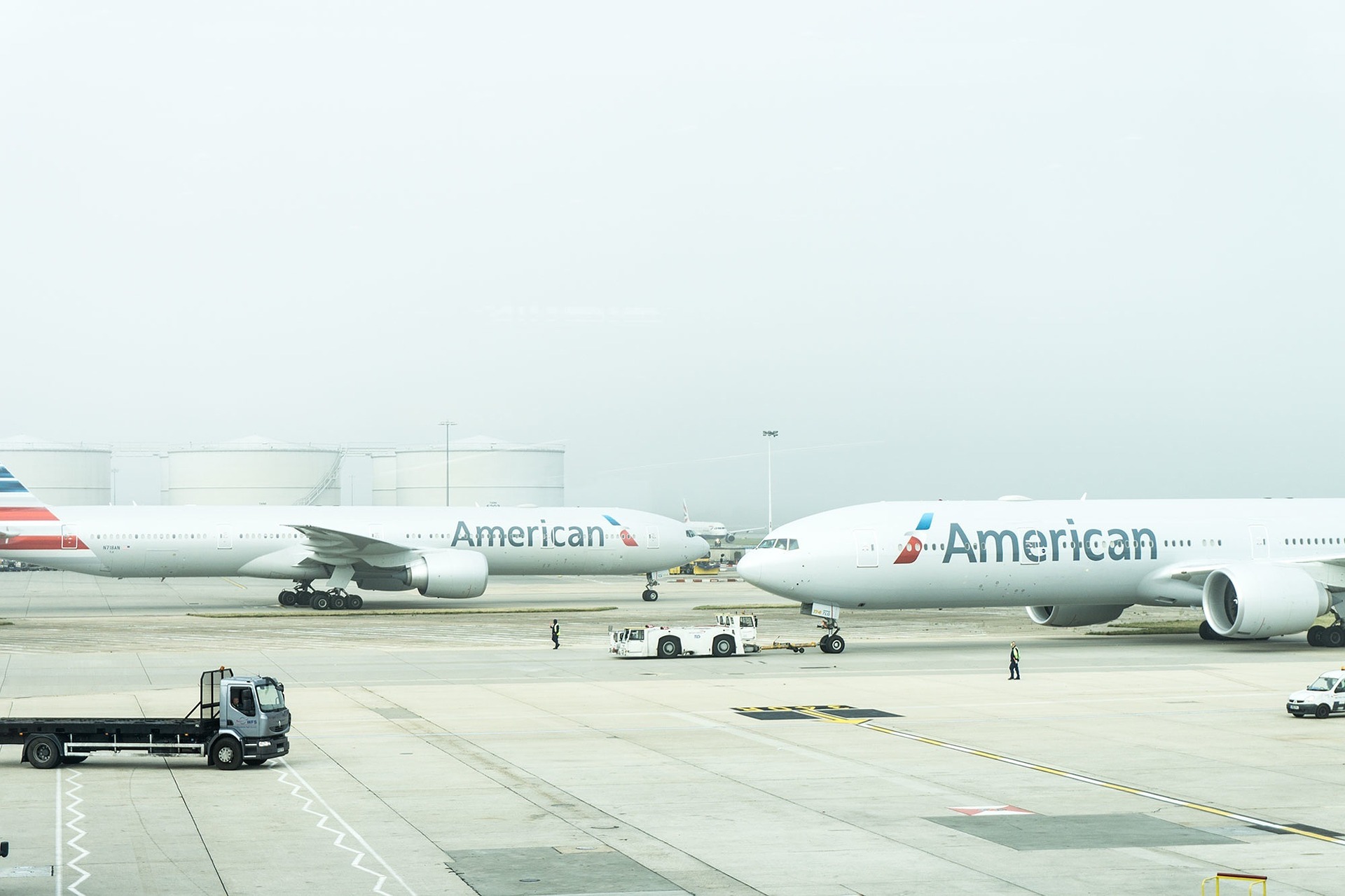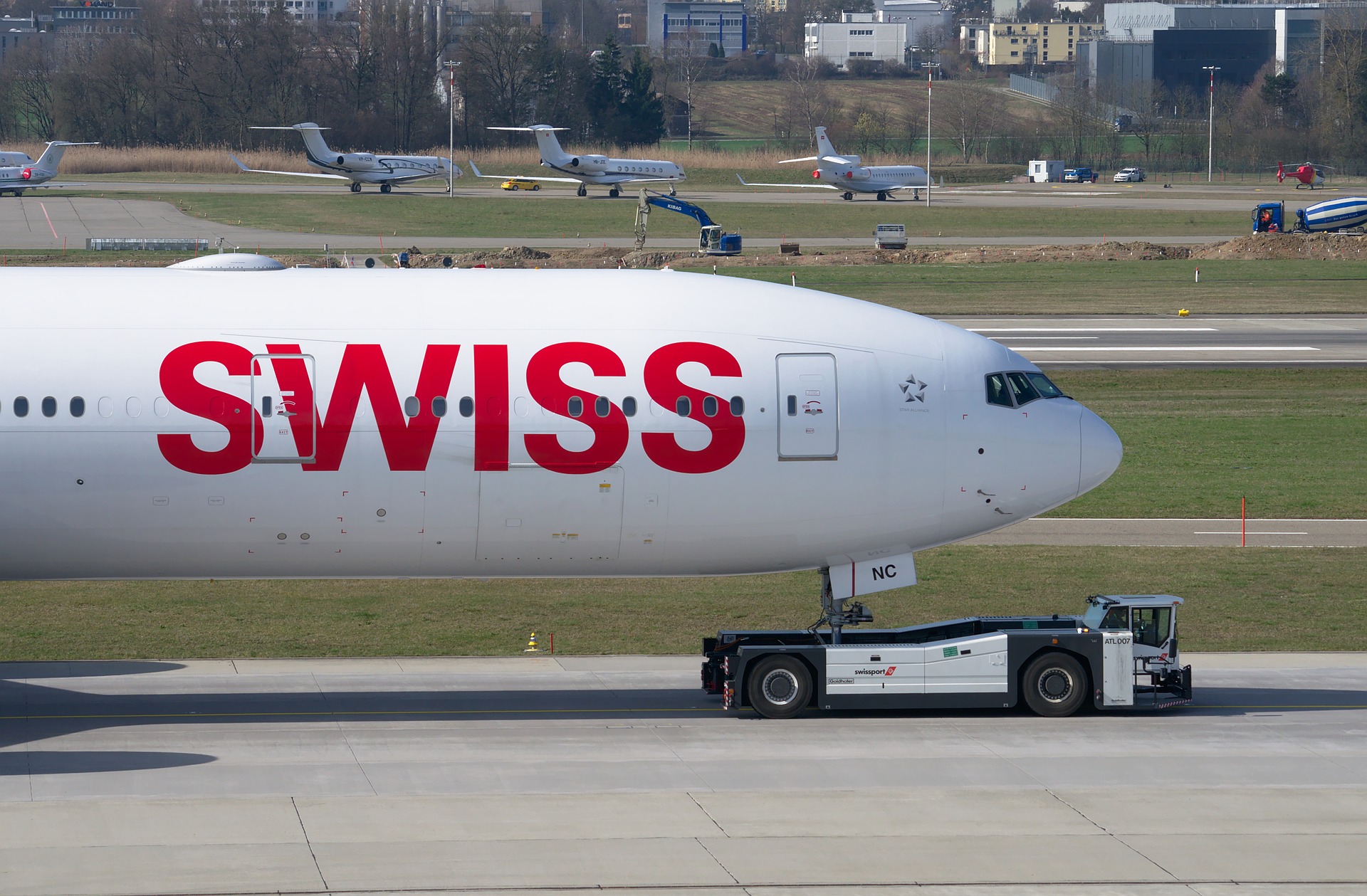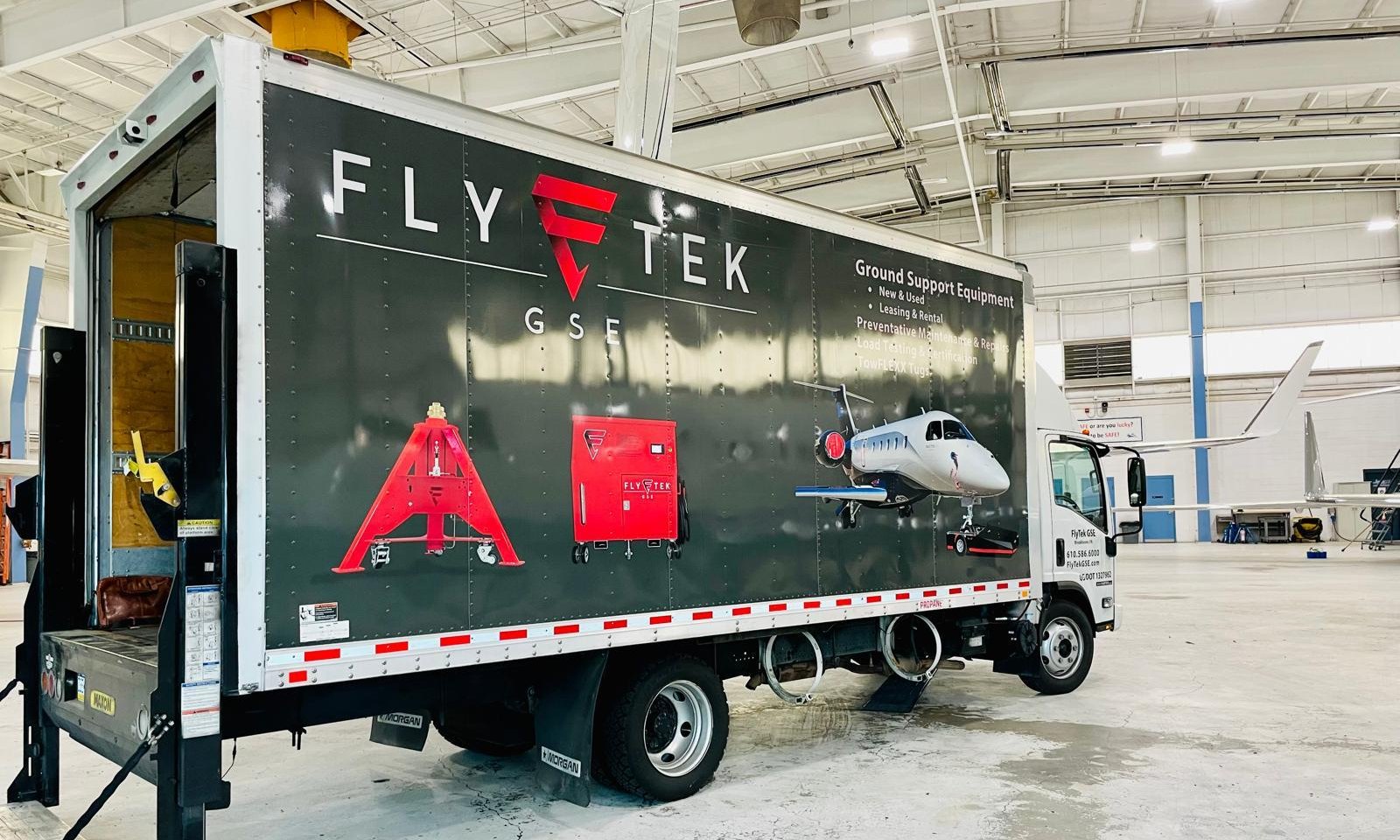There are many different aircraft tugs on the market today. But with so many choices, it can be difficult to determine which tug is the right fit for your operation. After all, there are different tugs for different situations. And like many things in the ground support equipment (GSE) world, the tug you need is largely dependent on both the size of the aircraft you work with and the size of your operation.
Why do Aircraft Tugs Matter?

Aircraft tugs make moving aircraft easier — it’s as simple as that. They can be helpful for small aircraft, but become an invaluable resource once large aircraft are involved. Compared to not using an aircraft tug, they’re safer, faster, more efficient, more maneuverable, and they save money in the long run because of those factors.
Of all ground support equipment, aircraft tugs have done the most to streamline the aviation industry. They may not be as vital to aircraft operation as ground power units (GPUs), but they do make the entire operation run more smoothly.
Types of Aircraft Tugs
There are two main ways to move aircraft around without using their own internal power. It can either be done manually or with a powered vehicle known as a tug.
Obviously you can’t manually move a large aircraft, but you can move smaller ones. Lightweight aircraft can actually be moved with nothing more than your hands by pulling on the propellor. However, this isn’t recommended because it’s not a very efficient way to move an aircraft. The better way to move small aircraft manually is with a tow bar. This is a device which attaches to either the nose or tail wheel and allows for easy pulling of the aircraft.
For larger, heavier aircraft — or even for small, lighter ones — the best option is to use an aircraft tug. These vehicles can either be powered by gas, diesel, or electric. And aside from the different power sources they can use, there are three main types of aircraft tug. There are conventional tow bar tugs, towbarless tugs, and remote-controlled towbarless tugs.
Conventional Tow Bar Tugs

Conventional tow bar tugs are often powered by gas or diesel, but newer, electric options are now available. These tugs are vastly superior to manual power due to their higher efficiency and ability to move large aircraft. However, generally speaking, conventional tow bar tugs are the worst option of the three types of tugs. The main reason for this is because they still rely on the tow bar to move aircraft.
Tow bars have a number of drawbacks. For one, they increase the turn radius compared to their towbarless counterparts. They also must pull/push aircraft at slower speeds to prevent issues associated with the tow bar such as disconnects during transportation. These slower speeds mean conventional tow bar tugs are unable to be used on taxiing aircraft.
But the real big issue with tow bars is that each type of aircraft requires a unique tow bar fitting. This means that if you service more than one type of aircraft, you’ll need to have a number of different tow bar fittings which must be swapped between. This is obviously not ideal.
Lastly, these tugs also require for the aircraft cockpit to be occupied while in transit. Whereas a manual tow bar only requires one person to pull it, a tow bar tug requires one person to operate the tug and another to be in the aircraft.
Towbarless Tugs

Rather than connecting a tow bar to the aircraft wheels, a towbarless tug scoops the wheels up with the power of hydraulics.
Like conventional tow bar tugs, towbarless tugs are available in gas, diesel, and now electric options. But there is one drawback of using a towbarless tug compared to a conventional tow bar tug. That is that it requires more personnel on the ground during operation. It doesn’t require someone to be in the aircraft cockpit, but because another operator is needed on the ground it increases the risk of injury to workers.
However, this one drawback is generally outweighed by the benefits a towbarless tug brings. Since it doesn’t rely on a tow bar, it means the same tug can be used to move different kinds of aircraft back to back without modification. And, thanks to there being no tow bar it also has a smaller turn radius and can move at higher speeds. This makes towbarless tugs ideal for maneuvering through crowded hangars and pulling taxiing aircraft.
Remote-Controlled Towbarless Tugs
Remote-controlled towbarless tugs are the latest in aircraft tug technology. These tugs are fully electric and don’t come with any of the drawbacks found with the previous tug options. They take up less storage space, require less personnel on the ground, and are safer for operators because they can be controlled from a distance. And let’s not forget that remote-controlled towbarless tugs only require a single operator.
Conclusion
So why are aircraft tugs important? Because they make the job of moving aircraft much easier, and with larger aircraft it would be impossible without them. But there are a number of options available if you need a tug. For the lightest of aircraft, a simple towbar can suffice. But for larger aircraft or an operation with many aircraft, powered tugs are the way to go. And going towbarless is your best bet if you need to move multiple types of aircraft.
FlyTek GSE Knows Aircraft Tugs
FlyTek GSE knows all about aircraft tugs — and other ground support equipment. Some of the tug brands we service are Eagle, JetPorter, NMC, Lektro, TowFLEXX, and Mototok. FlyTek is even an authorized TowFLEXX distributor and service center. For all your aircraft tug preventative maintenance and repair needs, FlyTek is here. Contact us today to learn more about our extensive maintenance plans.



